Technology
10 Budget 5G Smartphones Today
Published
1 year agoon
By
Kai Kelis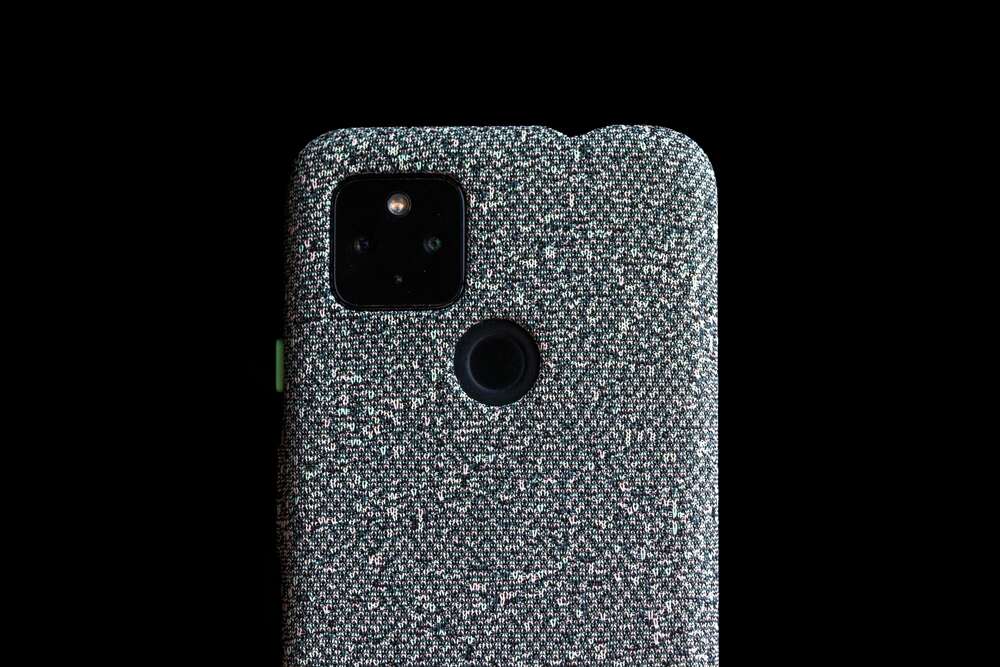
Having a 5G smartphone keeps your daily connections and communication at par. It’s efficient, fast, and reliable. Since 5G mobile phones are the latest innovations, they can come with a high price tag. But don’t fret. You can still own one without breaking the bank. Here are 10 budget 5G smartphones you can look into.
1. Nokia G42

Having this mobile phone brand listed at the top is nostalgic. Nokia pioneered the world of mobile phones, and they surprised everyone with their Nokia G42 5F 45 release in 2023. Although the display isn’t the greatest, its Qualcomm processor with Snapdragon 480 Plus chipset made it a reliable and efficient 5G smartphone. The screen is 6.56 inches HD+, with a 90Hz display. It comes with a Corning Gorilla Glass 3 screen, with 4GB and 6GB RAM and up to 128GB storage. Its primary camera is 50MP, with 2MP depth and 2MP macro.
Price: $220
2. ZTE Blade V41 Vita 5G
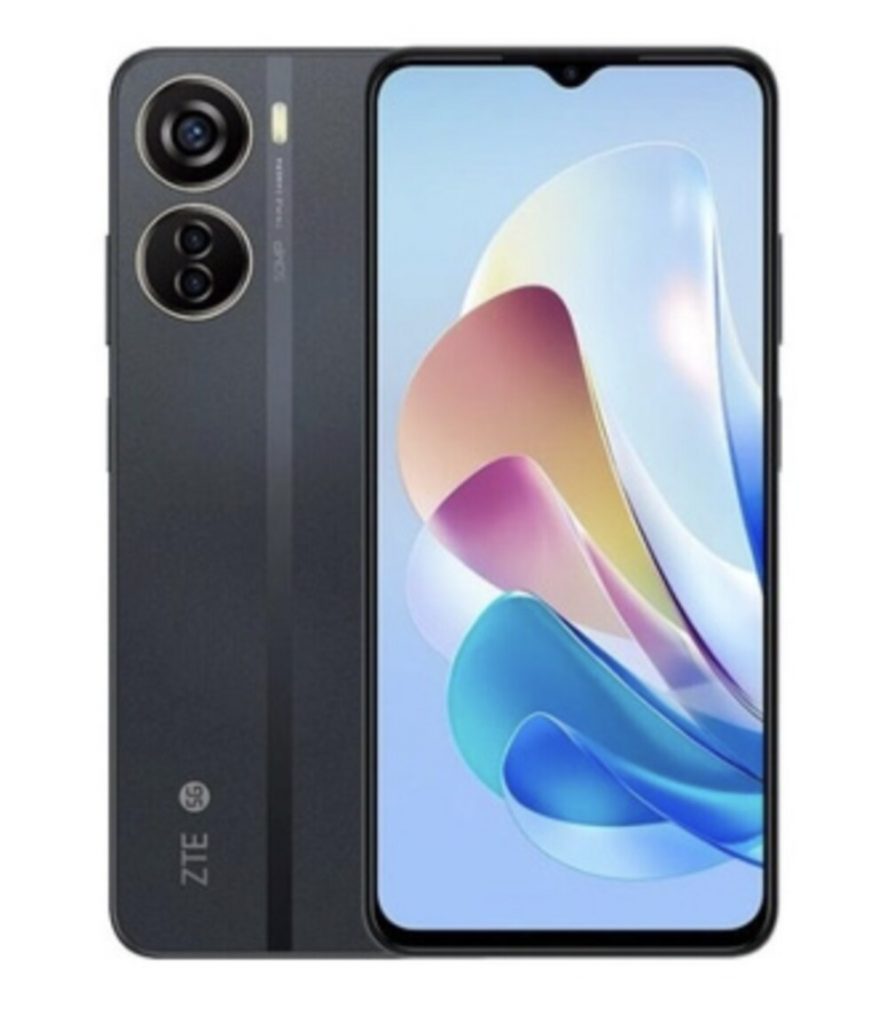
If you’re a fan of the ZTE mobile phone brand, their comeback in 2023 proved one of its recent releases was successful. The ZTE Blade V41 Vita 5G 47 features a stylish and sleek design that looks like it will break your arm and leg. It’s an excellent choice with a 6.67-inch Full HD+ display and 90Hz refresh rate. Running on Dimensity 810 chipset, the 128GB storage is expandable. Like most 5G smartphones, this features a 50MP main camera and a dual nano-SIM.
Price: $249
3. TECNO Pova 5 Pro 5G
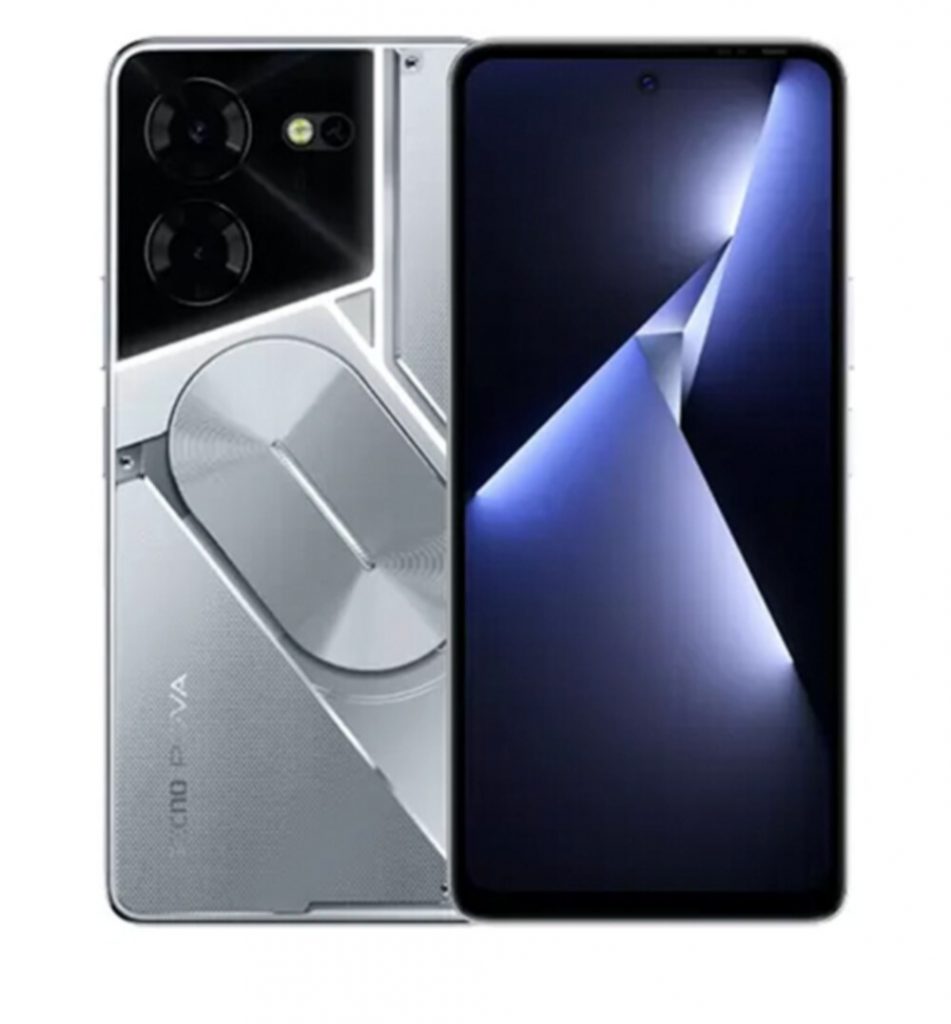
Another top contender in the most budget-friendly 5G mobile phones is the TECNO Pova 5 Pro 5G. With a slightly bigger screen at 6.78 inches, it features an FHD+ display and a fast 120Hz refresh rate. This 5G cellular phone is powered by Dimensity 6080 and can do work tasks and games. With a stock 8GB RAM extendable up to 16GB, this smartphone gives you many excellent features at a fair price point. It features a 50MP primary camera and 16MP selfie shooter and comes in two colors: Silver Fantasy and Dark Illusion.
Price: $238
4. Infinix Note 30 5G

The Infinix Note 30 5G is the best choice if you want an excellent main camera at an affordable price. This 5G smartphone features a 108MP main camera and a 16MP front camera. It runs on a Mediatek Dimensity 6080 processor with 3GB and 8GB RAM options. You can also buy a unit with 128GB or 256GB internal storage. It also comes with dual speakers tuned by Hi-Res and JBL.
Price: $229
5. Samsung Galaxy Z Fold3
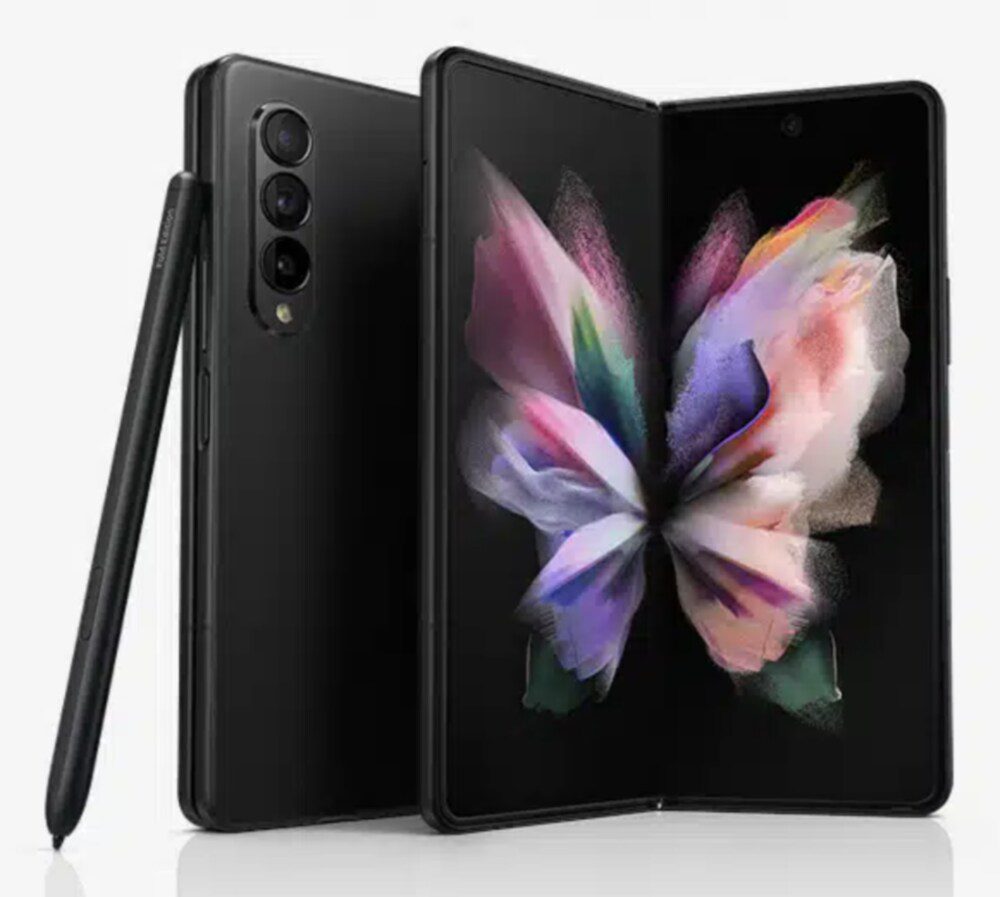
Samsung is one of the most affordable tech companies that offer quality products recognized worldwide. If you want to own one, getting a Galaxy Z Fold3 won’t hurt your pocket, although it’s slightly more expensive than their lesser-known counterparts. Running on a 64-but Octa-Core processor, it offers a 120Hz adaptive refresh rate, making it a fast and smooth phone. When opened, it measures 128.1 x 158.2 x 6.4mm. Its dimensions measure 67.1 x 158.2 x 16.0mm when folded. You can choose between 256GB or 512GB for the built-in memory. The cover camera is 10MP as its selfie camera, with a 12MP ultra-wide camera and 12MP telephoto camera.
Price: $435
6. OnePlus Nord N30
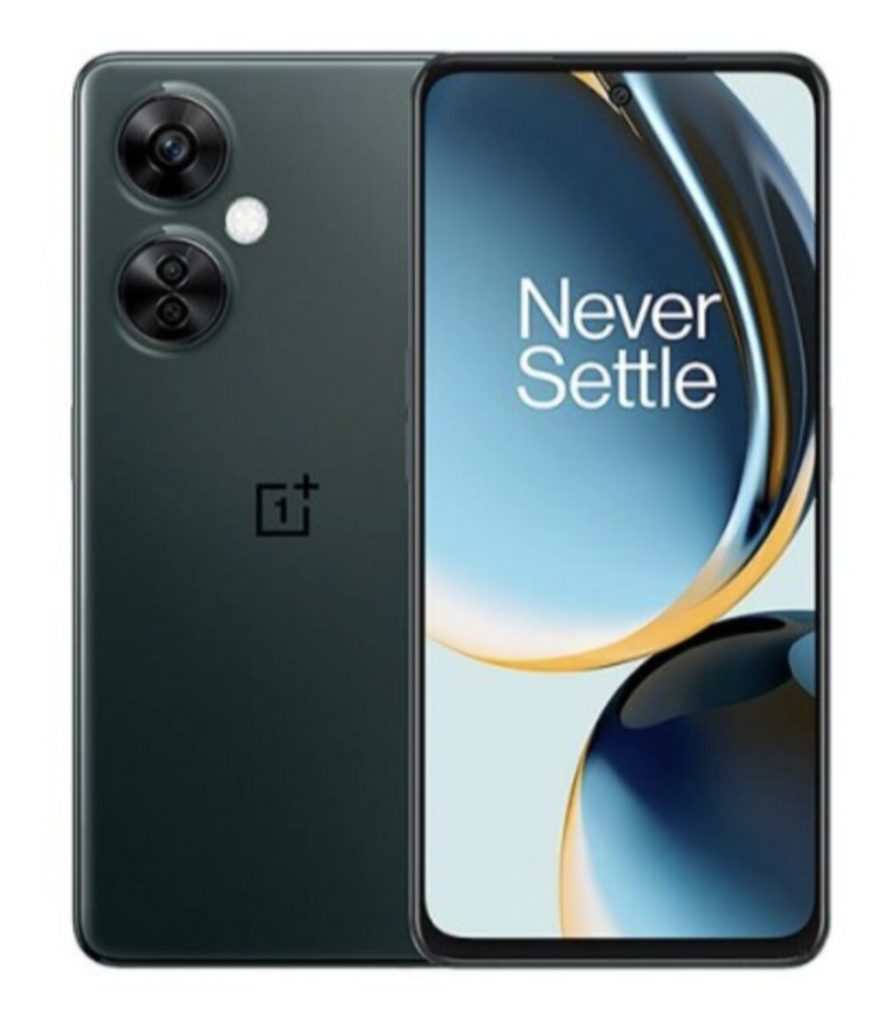
OnePlus Nord N30 has a touch response rate of 240Hz and a refresh rate of 120Hz. It runs on the OxygenOS operating system based on Android 13, with Qualcomm Snapdragon 695 5G as a processor. It offers a multi-autofocus feature with 1080p video at 30fps. Its front camera features 16 megapixels with f/2.4 aperture. It comes with an 8GB RAM and 128GB storage.
Price: $200
7. Realme 12 5G
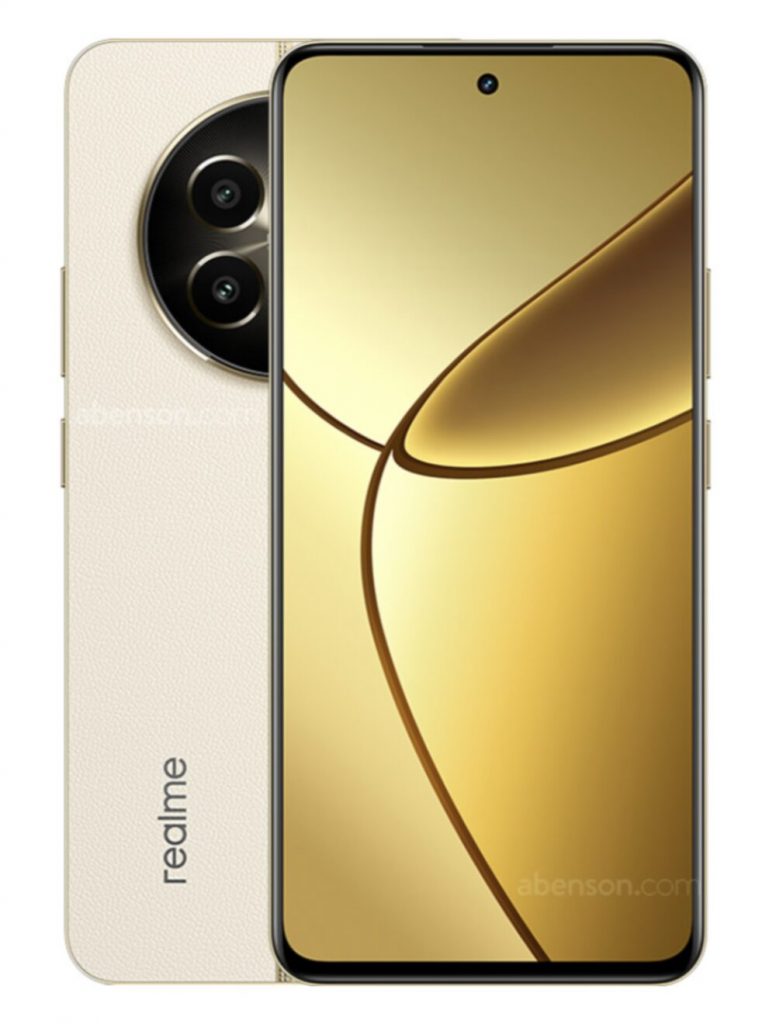
The device boasts a 6.72-inch 120Hz Sunlight Display with a brightness of up to 950 nits for clear viewing, even in bright conditions. It offers a dynamic refresh rate from 45Hz to 120Hz and a touch sampling rate of 240Hz. The FHD+ resolution and a 91.4% screen-to-body ratio enhance the visual experience. Featuring a 108MP 3x zoom portrait camera and trendy design, it is powered by a MediaTek Dimensity 6100+ 5G processor with a 6nm octa-core CPU. The device includes 8GB RAM, and 256GB storage, which is expandable up to 2TB.
Price: $200+
8. Xiaomi Redmi Note 13 Pro 5G
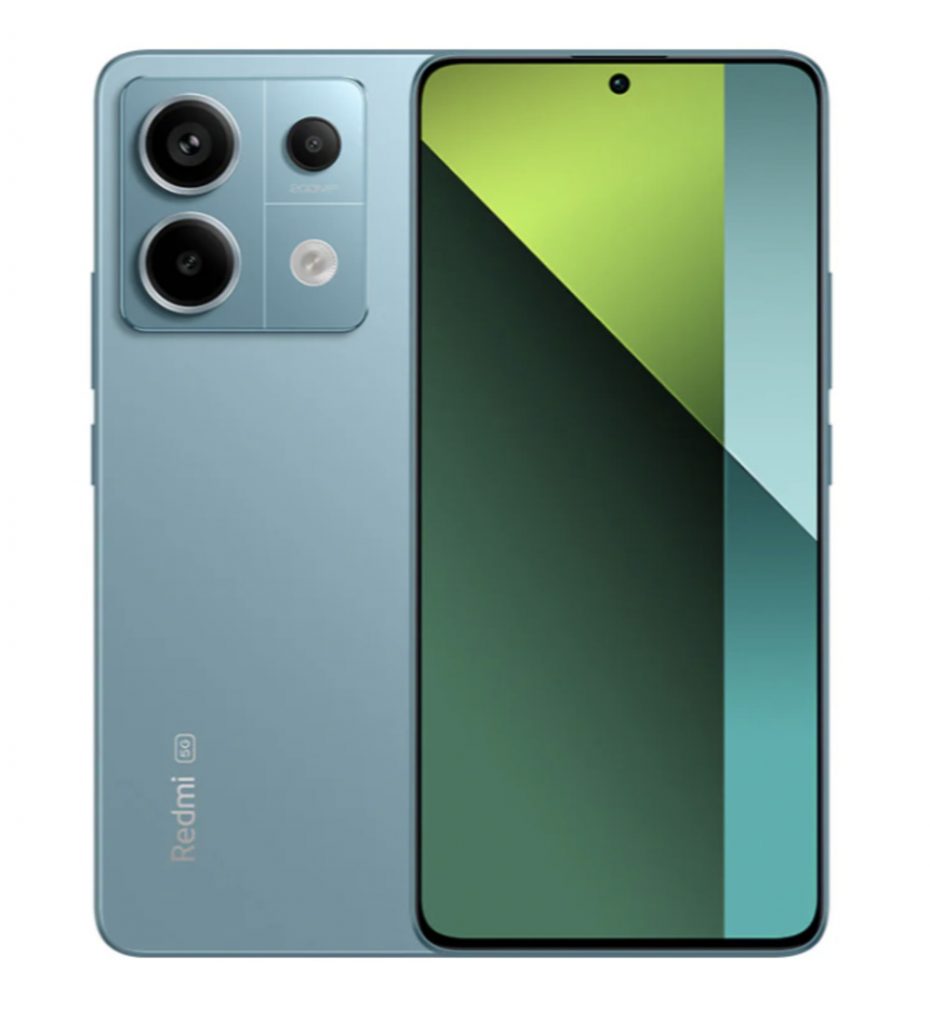
The Redmi Note 13 Pro 5G is packed with great features. It sports a 6.67-inch AMOLED display with a 120Hz refresh rate, perfect for smooth scrolling and vibrant visuals. Powered by a Snapdragon 7 Gen 1 processor, it handles apps and games effortlessly. You get up to 12GB of RAM and 256GB of storage, so there’s plenty of space and speed. The camera setup includes a 108MP primary sensor for stunning photos, plus a long-lasting 5000mAh battery with fast charging to keep you going all day.
Price: $280+
9. Google Pixel 8 Pro
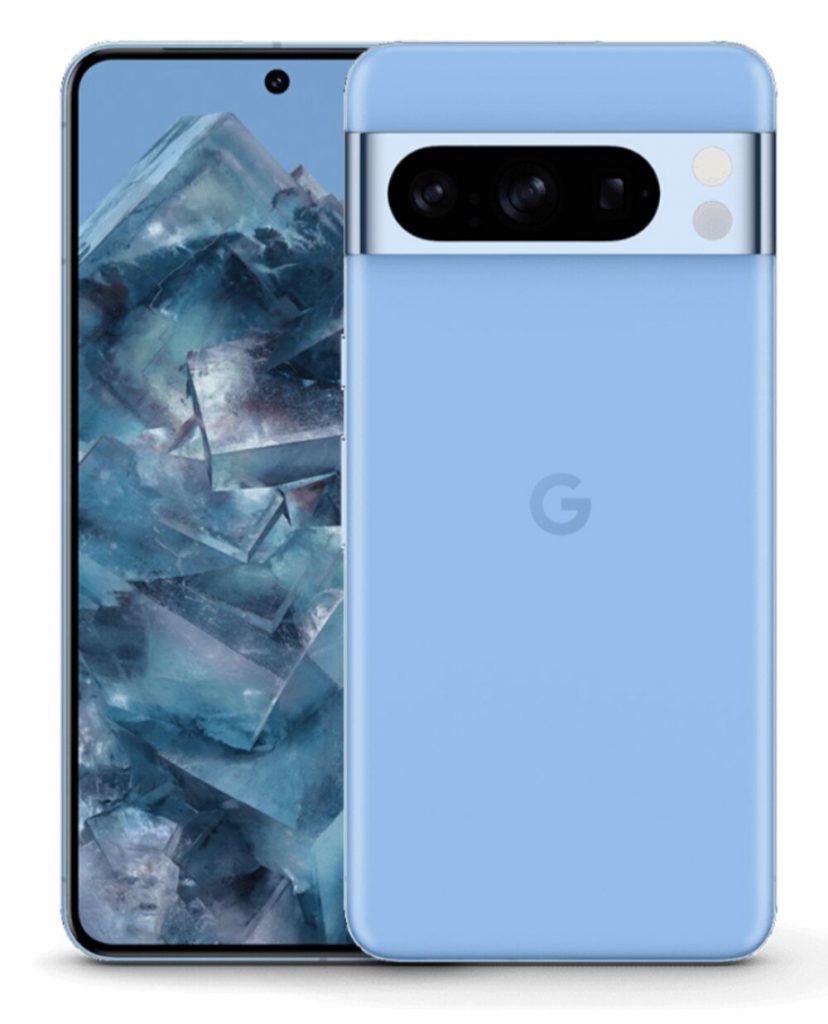
Weighing slightly heavier than the rest of these models at 213 grams, the Google Pixel 8 Pro can give you crisp, clear images with 2000 nits peak brightness. With its 6.7-inch Super Actua LTPO OLED display, you’ll enjoy 1344 x 2992 resolution. It has a 50MP primary camera, 10.5MP front camera, and 48MP telephoto camera. It also has AI-powered features like Magic Editor, Audio Magic Eraser, temperature sensor, Video Boost, and more. Plus, the storage options can be up to 1TB! It’s way more expensive than all the 5G smartphones on this list, but the valuable features make it worth your every buck!
Price: $700+
10. Motorola Edge

The Motorola Edge 2024 is a powerhouse of features. It sports a 6.6-inch endless edge FHD+ display with a smooth 144Hz refresh rate and Dolby Atmos support. Running on Android 14, it’s powered by the Qualcomm Snapdragon 7s Gen 2 with 8GB RAM and 256GB storage. The camera setup includes a 50MP primary sensor with OIS, a 13MP ultra-wide sensor, and a 32MP front camera with autofocus. The 5000mAh battery supports 68W TurboPower wired charging and 15W wireless charging. With 5G, Wi-Fi 6E, and NFC, plus AI camera tools and IP68 water resistance, it’s built for top-notch performance and user experience.
Price: $500+
You may like
Technology
Top 10 Advertising Tools for Small and Large Businesses for 2026
Published
6 days agoon
November 26, 2025
Business marketers who handle multiple accounts sure have a lot on their plates. They often tackle tedious tasks, including endless research, design, and performance analysis. Luckily for them, there are advertising tools that can help ease their work. Here are ten advertising tools you can use for running multiple online marketing campaigns:
Things You Should Know Before Choosing An Advertising Tool

Before we go into detail with the top ten best tools for advertising, it’s necessary to know the features that make them the most preferred choices. Below are the fundamental aspects you should consider before selecting a tool or software.
- Features
While some businesses may need an advertising tool that consolidates various applications, others may need a tool that supports their content marketing strategies. Understanding your business and choosing the appropriate tools helps you to achieve your goals and strategy.
- Pricing
Working within your budget ensures that you stay focused on your goals. It helps you monitor your income and make intelligent decisions on what you can achieve. For instance, if you are a small business looking for content marketing ideas, you choose tools with affordable pricing and those that allow for upgrades as you expand. The free trials are the best options for small businesses and those trying specific functions.
- Customer Support
It’s common to encounter bugs with online tools. In this case, your solution is connecting with a support team in the shortest possible time. If your service provider offers a round-the-clock customer support service, you’ll recover with almost zero adverse effects on your online advertising campaigns.
Here are the top ten advertising tools businesses can avail themselves in 2022:
1. AdRoll

Adroll offers an all-in-one solution for running display, social, and email ads necessary to grow your brand. The tool grants access to hundreds of platforms to keep you aware of your remarketing plans. Generally, you can use the data to personalize your emails and ads to attract high-converting audiences. The AI-driven suggestions also allow you to build a brand that customers will look forward to.
2. SurveyMonkey
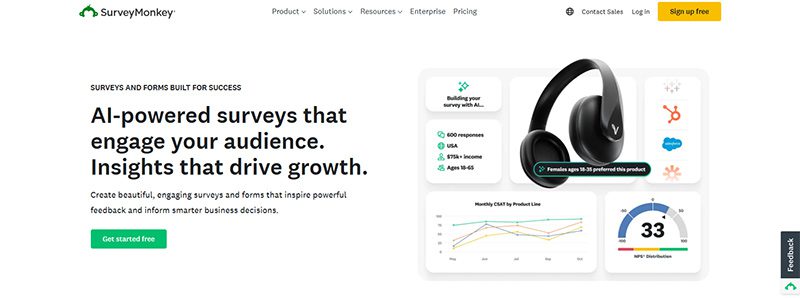
Sometimes, you’ll need to run a survey to understand the demographic profile of your diverse audience or to gather feedback from your marketing efforts. SurveyMonkey is the best tool for collecting data to help you make an informed decision.
Likewise, it can enable you to collect the information you need in the shortest time. That’s why SurveyMonkey is helpful for organizations interested in getting feedback from their marketing campaigns.
3. Sendible
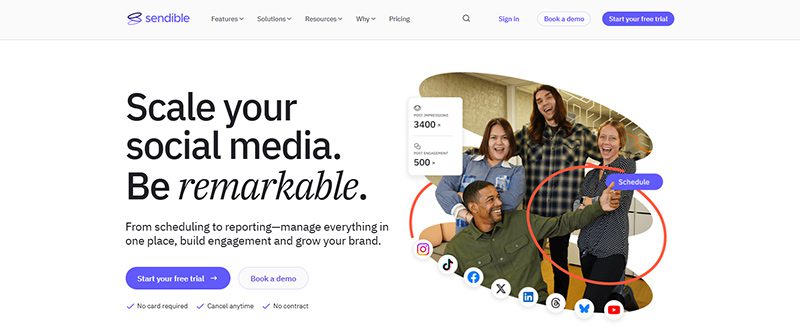
Sendible has been supporting agencies managing multiple social media profiles. The software is built around collaboration and automates almost everything, making communication between teams more accessible. Additionally, Sendible has the “send for approval” feature for content that requires verification before posting.
Customer relationship management (CRM) is another exciting feature of Sendible. Sendible also tracks your hashtags and keywords on Twitter and sends automatic retweets and replies with links or content related to the customers’ content.
4. Buffer

If you are looking for a more efficient way of publishing content on social media platforms, Buffer is the best tool to adopt. It offers a one-place solution for publishing, scheduling, and managing social media posts and pages. This function promotes better management and engagement on all your social media channels.
5. HubSpot

HubSpot is a tool for creating responsive content strategies, wherein you can determine trending topics that help you improve your search engine rankings. Even more surprising is how the company considers the needs of online businesses. In fact, HubSpot is considered the number one CRM platform for growing businesses.
6. MailChimp

MailChimp mail marketing allows small and big organizations to conveniently manage their email messaging campaigns. Its AI-enabled features and competitive pricing enable you to create and manage ad marketing initiatives. In addition, it supports sending personalized email messages for your pay-per-click (PPC) marketing strategies.
7. Marketo

Marketo is an advertising tool that lets you build and strengthen business collaborations. It delivers excellent results by keeping customers engaged from when they interact with your brand until conversion.
Similarly, Marketo helps you leverage sales by tracking customer behavior across your platforms. It’s an advertising tool focusing on automation practices that attract the right customers and scale your marketing campaigns.
8. Vimeo
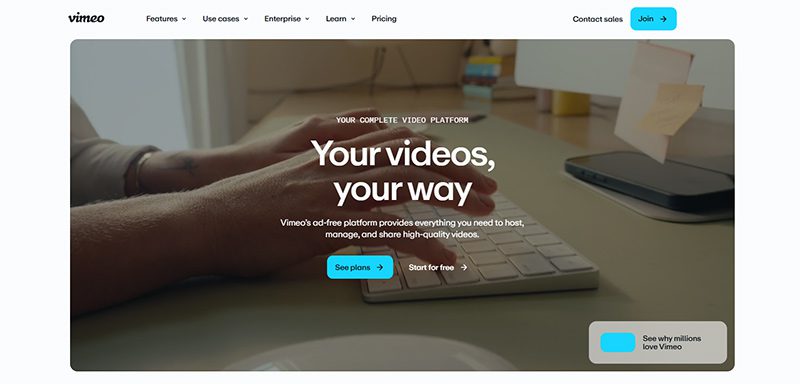
Vimeo, an ad-free site, allows people to create, manage, and share high-quality videos. It offers a platform to share professional videos that help you stand out. The analytics features that help you understand your videos’ performance are even more critical. The top three services of Vimeo include video marketing, employee communication, and video monetization.
9. LiveChat
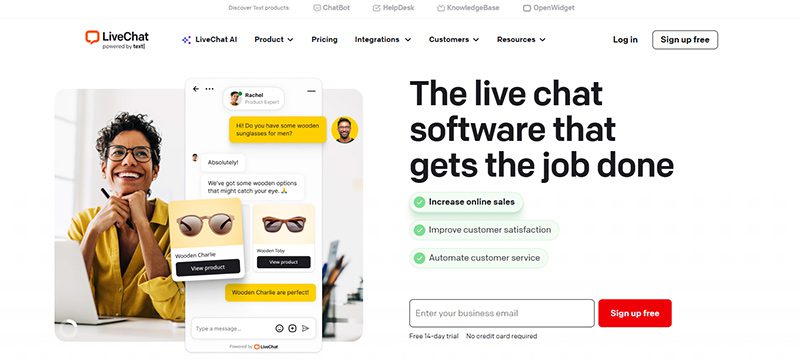
LiveChat enables efficient and real-time communication on your website. The tool encourages potential customers to raise their concerns about your business and receive immediate responses. LiveChat helps attract more leads and convert more visitors because of its proactive approach to brand communications. The firm promises the shortest path to sales can be done through the following steps:
- Drive awareness and interest
- Collect and categorize leads
- Focus on opportunities.
- Close the sale
10. Google Analytics

If you aren’t using Google Analytics, you are missing out on competitor data that you can use to improve your rank in the SERPs. With this Google functionality, you can monitor landing pages, keywords, or content that competitors use to land in the top spots in the search results. More importantly, Google Analytics allows you to pick search categories. You can categorize audiences based on demographics, locations, and interests.
The Bottomline
To scale up your digital marketing efforts in 2026, you should choose tools that improve performance on various channels. Social media, website, and survey endeavors should benefit your industry tools. In short, go for the advertising tools that help you improve your marketing strategies.

The world of business has changed in light of Artificial Intelligence. Now, top A.I. consulting firms offer A.I. and machine learning solutions for strategic and development needs to fuel business. If you’re thinking of hiring one, check out our list of the ten best A.I. consulting companies:
1. Boston Consulting Group
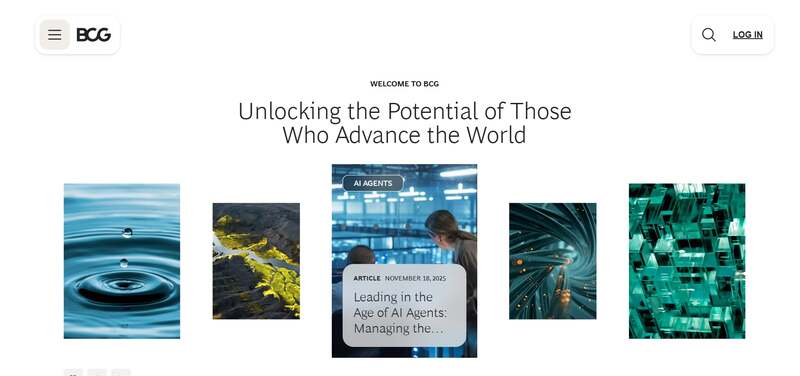
A consistent entry in Forbes’ “100 Best Companies to Work For,” Boston Consulting Group makes excellent investment decisions. They invest in its people, quality client work, and A.I. and data analytics, among others. They have a dedicated practice explicitly for A.I..
They help their clients with challenges dealing with Artificial Intelligence using various proprietary A.I. platforms. They do this with aplomb as one of the solutions it offers has its focus on sustainability which they call CO2.
2. Quantum Black

Operated by the powerhouse consulting firm, McKinsey, Quantum Black is its A.I. arm. It debuted as its data and analytics firm that worked in the Formula One racing field. Now, it handles the A.I. concerns of clients using its approach that it describes as Hybrid Intelligence.
This is Quantum Black’s solution that combines the power of technology with the smarts of its people. The consulting firm leverages A.I. and machine learning with custom-made tools such as its Brix code-sharing platform.
3. Leeway Hertz
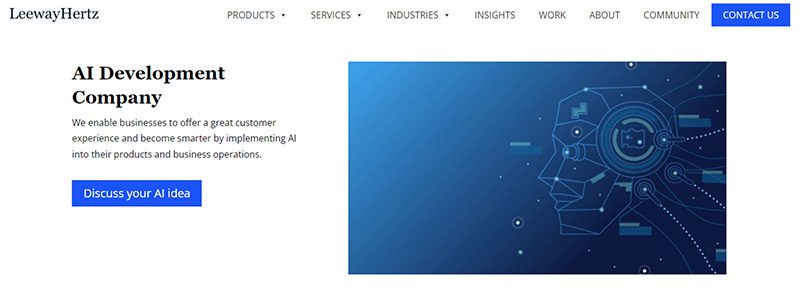
Founded in 2007 and headquartered in San Francisco, Leeway Hertz uses IoT (internet of things), and Blockchain, alongside Artificial Intelligence. It isn’t as big as the others on this best A.I. consulting firms list, but it has big-ticket clients to its name. Disney, Siemens, and Pepsico are a few of the companies that put their trust in this firm.
Among its many achievements, the one that the company is most proud of is its work with the Indian food tech company Arya. It helped build the first-ever robotic tea maker using A.I. and internet of things (IoT) technologies.
4. EY
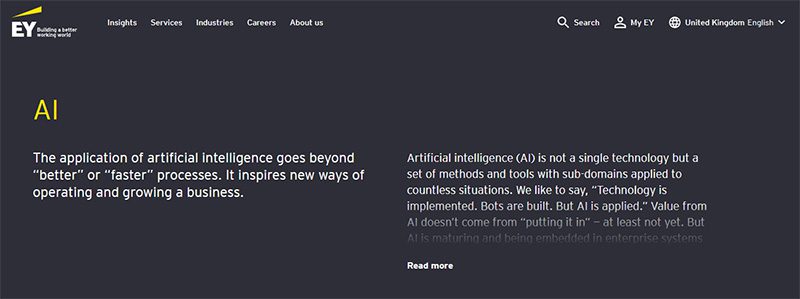
One of the largest consulting firms in the world, EY is considered one of the Big Four accounting firms. It offers services in over 150 countries worldwide and this exposure prepared them for the relevance of using A.I. in its work. It has adopted Artificial Intelligence in its traditional services such as tax and audit.
This has helped clients streamline and automate their processes while keeping costs at bay. Aside from A.I., EY also utilizes different forms of transformative technologies such as robotics and quantum computing, to name a few.
5. IBM

Most probably the longest consulting firm in the business computing niche, IBM now offers a multitude of A.I. solutions to its clients. Some of these include A.I. for customer service, business automation, healthcare, advertising, IT operations, and so much more.
IBM offers its MLOps and Trustworthy AI that aims to automate data collection, model building, deployment and governance so that clients will learn to trust the A.I. lifecycle. Its initiatives were created to ensure that ethical considerations do not go unnoticed.
6. Deeper Insight
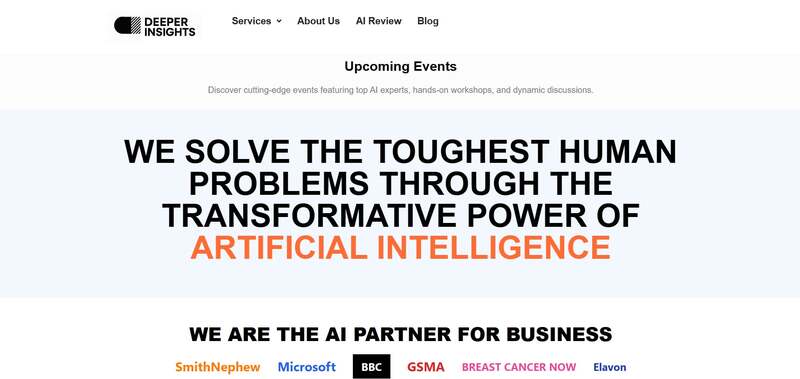
With headquarters in the UK, Deeper Insight is a consultancy firm that specializes in services using Artificial Intelligence. Aside from A.I., this company also leverages automation, machine learning, and many other advanced analytics processes. Its main goal is to provide solutions to its client’s challenges concerning data.
What Deeper Insights do is align its technology services with its clients’ business strategies. It helps them understand the insights that will lead them to positive results and outcomes.
7. Cambridge Consultants
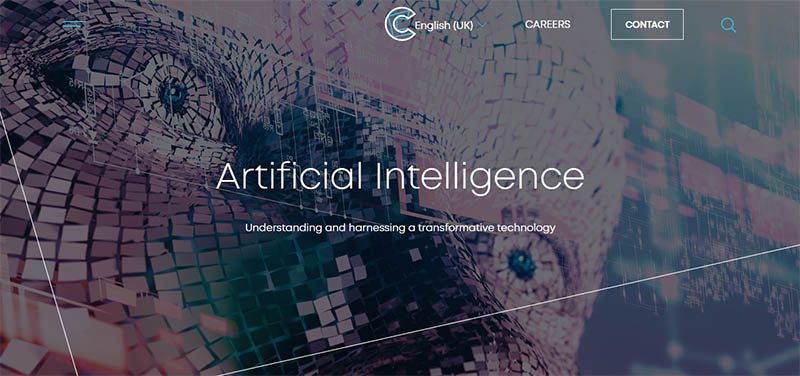
As stated on its website, Cambridge Consultants helps its clients “deliver world-changing innovations.” This consulting arm of Capgemini, a French-based consultancy and technology services company, Cambridge Consultants uses A.I., machine learning, and advanced analytics to fulfil its promises.
This consulting firm is responsible for some breakthroughs in several fields. A few of these are self-piloting drones, intelligent driving assistance, and language translation when it was first founded in the 1960s. It takes pride in its expertise in having businesses take advantage of the benefits that machine learning has to offer.
8. Infosys
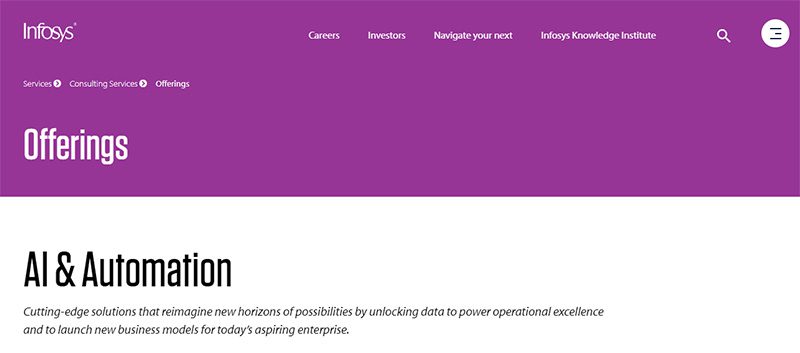
Championing “responsible A.I.,” Infosys offers automation and many other cutting-edge solutions to its clients. It bases its foundation on allowing the use of intelligent enterprise automation, building new revenue models, and ensuring the ethical use of A.I.. Infosys claims that this exact framework allows its clients to increase their operating margins by up to 5%.
Infosys’ Responsible AI adheres to the principles of being purposeful, ethical, human-reviewed, detecting bias, explainable, accountable, and reproductive. This is the company’s effort in maintaining itself free from adverse ethical issues while keeping its clients’ trust.
9. Addepto

Providing services to a number of Fortune 500 companies, Addepto deserves its place in this best A.I. consulting firm list. Its client roster includes Citibank and P&G which it helps with developing strategies by equipping them with solutions using Artificial Intelligence.
This consulting firm has a team of experts in data science consultancy and A.I. development. Addepto also helps its clients with NLP / text processing, predictive modelling, reporting automation, and data warehousing among many others. This Poland-based A.I. consulting firm encourages its clients to build new business models and streamline existing ones using insights gathered through the technology.
10. DataRoot Labs
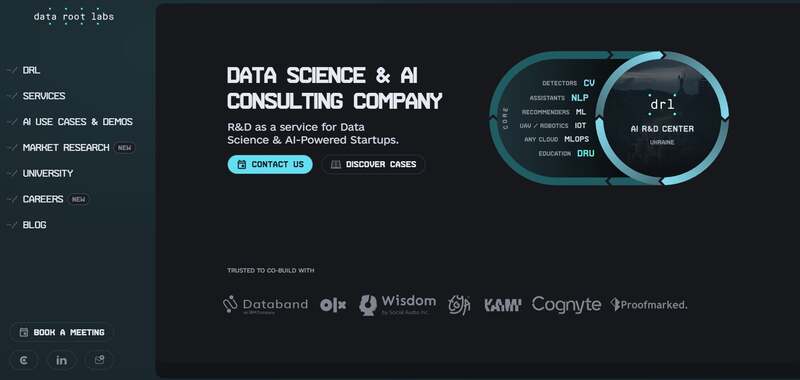
Ukraine-based DataRoot Labs is one of the fastest-growing consultancy firms that specialize in data science and A.I.-powered startups. A few of the services it offers include A.I. development, R&R team recruitment, and startup venture services. This company aims to help businesses overcome issues and concerns using A.I. technology.
DataRoots Labs take pride in helping build the technology ecosystem by founding and operating the DataRoot University. It conducts and designs courses on Advanced Data Science and Engineering. This is an excellent endeavor as DataRoots Labs is an expert in natural language processing, recommendation systems, virtual assistant technology, and many others.
Final Thoughts
Artificial Intelligence has revolutionized business and made huge impacts on our everyday lives. It has the potential to shape our future as stated in this PwC study that A.I. will contribute $15 trillion to the global industry by the year 2030. Working with these consulting firms assures you that you’ll never be left behind in the A.I. field.

AI tools have evolved fast, and entrepreneurs now rely on them not just to automate tasks but to scale entire workflows. That said, it’s not surprising that many business owners are leveraging the power of cutting-edge technology. And this is where AI tools for entrepreneurs come in. Let’s look at what they are and a few examples you can check out.
1. Aomni Agent
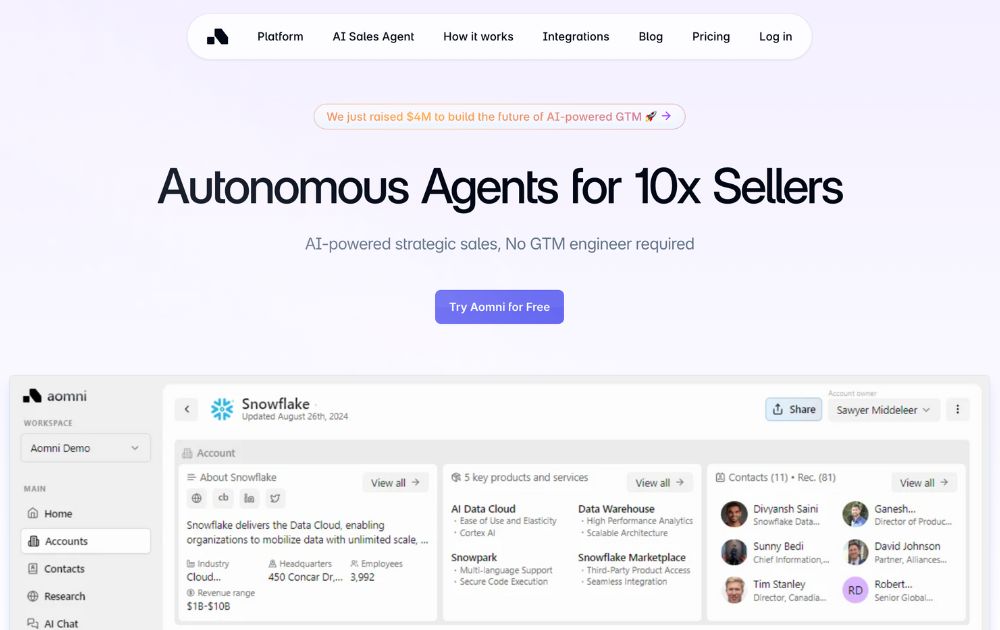
Packed with powerful AI-driven features, Aomni Agent is a tool that can help you grow your company’s outbound pipeline by conducting research to give you new Ideal Customer Profiles (ICPs). With it, you no longer have to create account plans for each of your prospects, as the AI tool will do it for you.
Aomni Agent engages with your customers, provides support, automates routine tasks, and gives you real-time insights and analytics, among many other features. To know its pricing and additional information, you need to contact them directly through their website.
2. Pictory
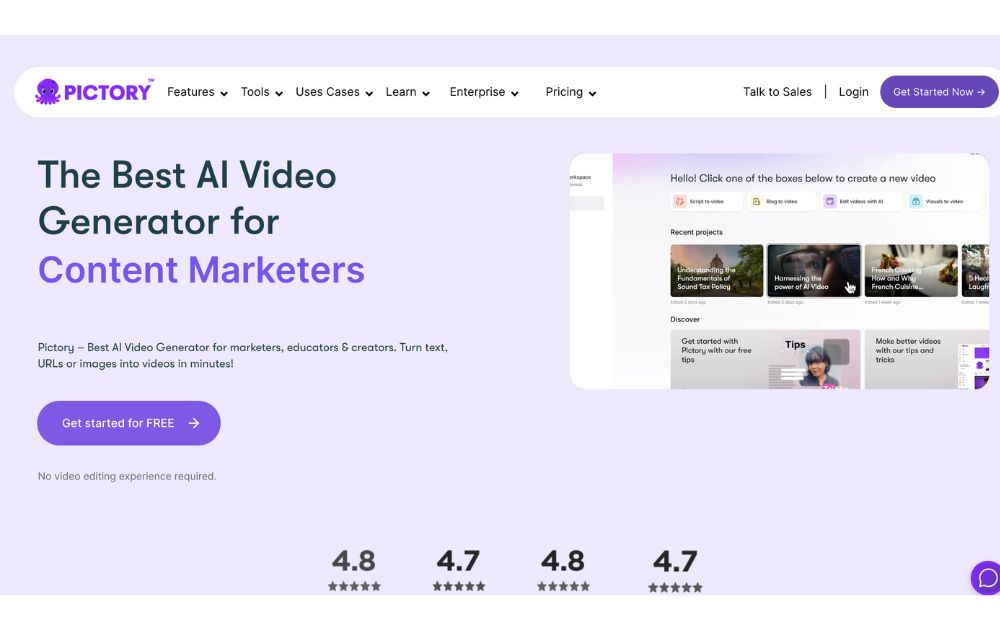
A video creation tool, Pictory, can help you create engaging and professional videos in minutes. It uses AI that automatically generates videos from your text, images, and audio. This means you get excellent results even without any video editing skills.
You can use Pictory to generate videos from your blog posts, articles, and other text. It can also edit existing videos and add images, music, or text. It offers a free trial and three plans with subscription fees that range from $23 to $119 per month.
3. Zeda.io
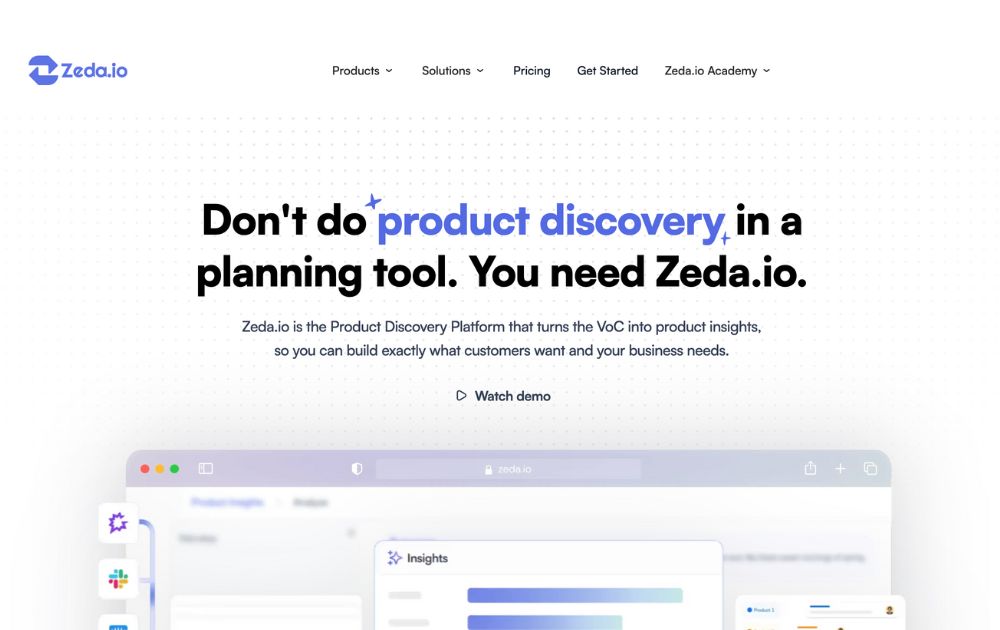
Zeda.io has grown into a powerful AI-powered product operating system. With its 2.0 update, the platform now connects customer feedback, product strategy, roadmapping, and internal documentation into a single intelligent workspace.
Its AI engine analyzes thousands of customer inputs, from surveys to reviews to support tickets, to identify patterns, prioritize features, and suggest product improvements. What used to take days of manual synthesis now takes minutes. The updated version also includes AI-generated product briefs, automated roadmap updates, and integrations with popular tools like Slack, Notion, and HubSpot.
4. Slite Ask
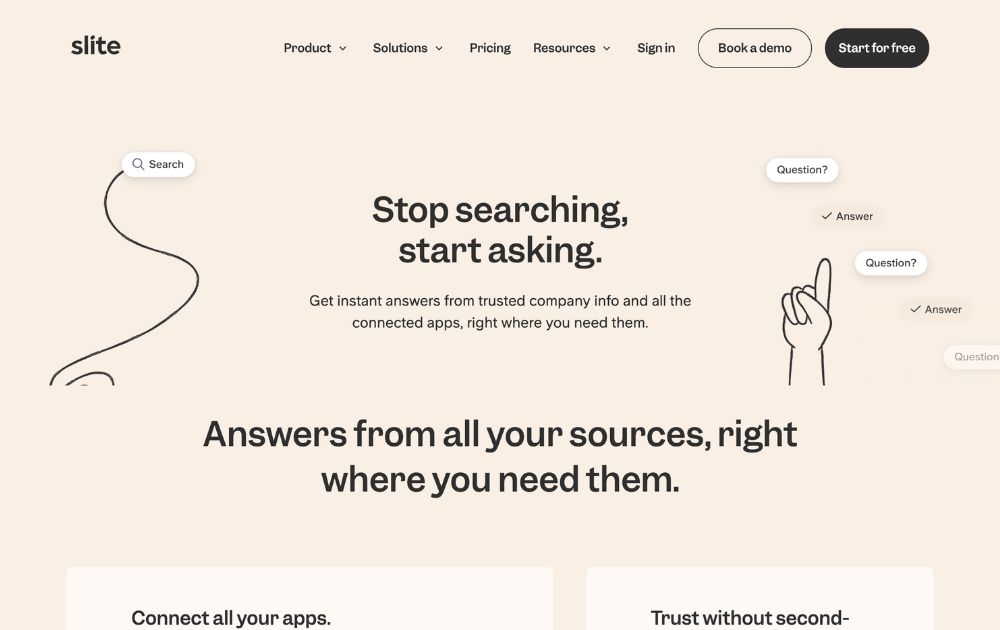
Slite Ask is one of the most reliable AI knowledge-base assistants for teams. Instead of manually searching docs or old messages, entrepreneurs can simply “ask” a question and get an instant answer based on their workspace knowledge.
The AI scans company documents, policies, SOPs, and internal notes to deliver accurate responses without hallucinations. This makes onboarding smoother and speeds up decision-making, especially for remote or hybrid teams.
5. Credal.ai
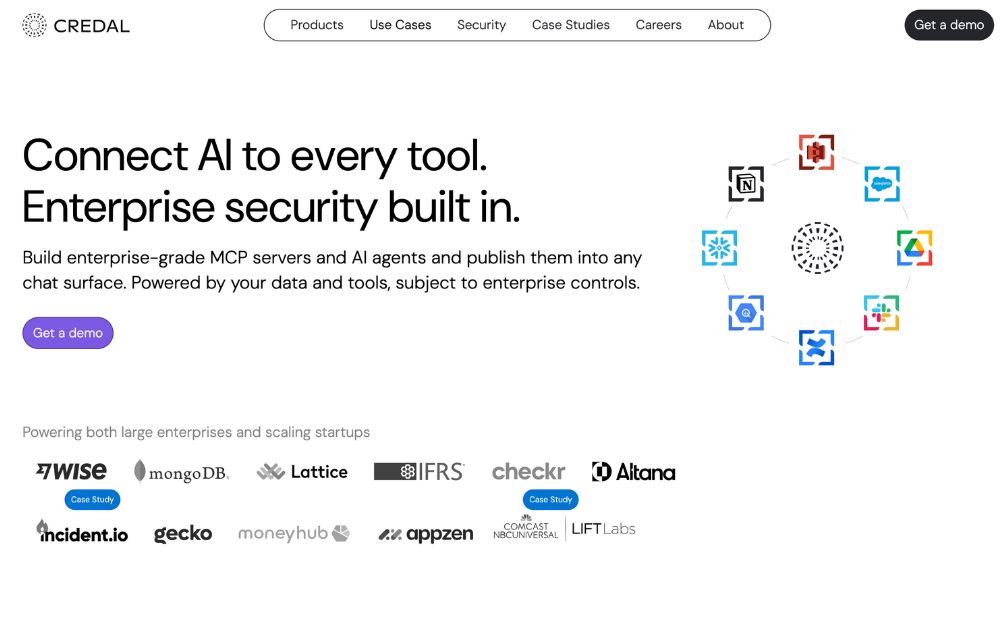
Keep your data safe with an AI tool that’s perfect for entrepreneurs. Credal.ai is a software that provides a secure environment for AI applications to run and monitors them for any potential security threats. This helps you protect your business’s sensitive data from unauthorized users.
Credal.ai protects your data from leaks, malicious codes, and unauthorized access. It has a free plan but with limitations, so to get the most out of this AI tool, a Team or Enterprise plan is recommended. Pricing starts at $500 per month.
6. Webscraping.AI
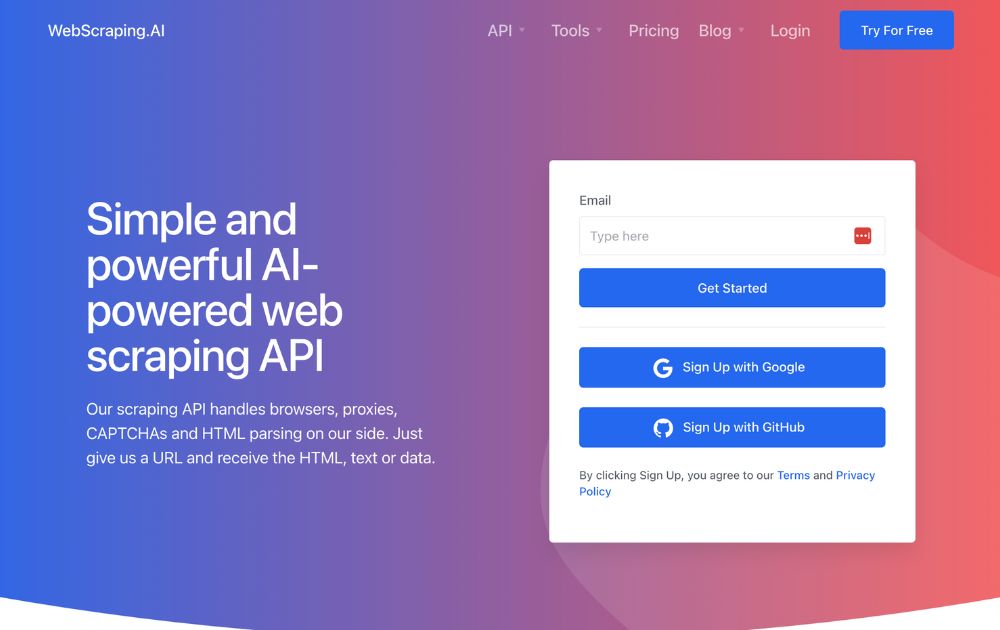
Web scraping is the process of extracting data from a website, such as stock prices, product details, company contacts, and many more. If you want access to this information, you’ll need Webscraping.AI. It is easy to use and won’t require you to have any coding or technical skills. All you need to do is enter the website you want to scrape, and the tool will automatically get the data from the website.
Webscraping.AI can help business owners make better decisions by providing accurate data to identify new opportunities. It can also help them make better decisions for their strategies. Pricing for this AI tool for entrepreneurs ranges from $29 to $249 per month, with no hidden fees.
7. ValueProp.dev
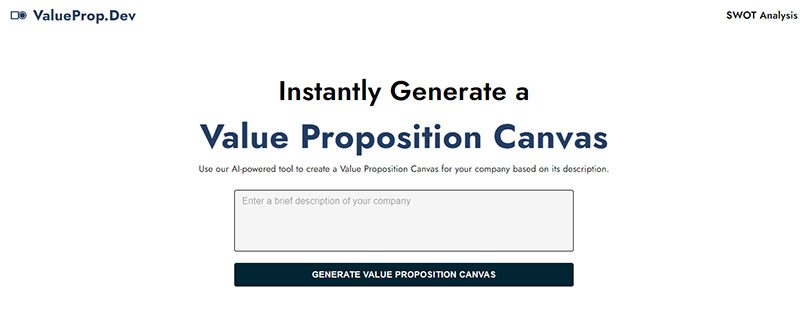
A value proposition is a statement that tells your customers what your product or service is all about. This can be tricky, but worry no more, as ValueProp.dev is an AI tool for entrepreneurs created explicitly for this. It uses machine learning to analyze your customer data to generate unique value propositions for you.
ValueProp.dev can help you improve your business by generating value propositions that significantly increase customer acquisition, retention, and sales. It is free for up to three value propositions, but they also have premium plans for more options and features. Pricing starts at $29 per month.
8. Lovo.ai
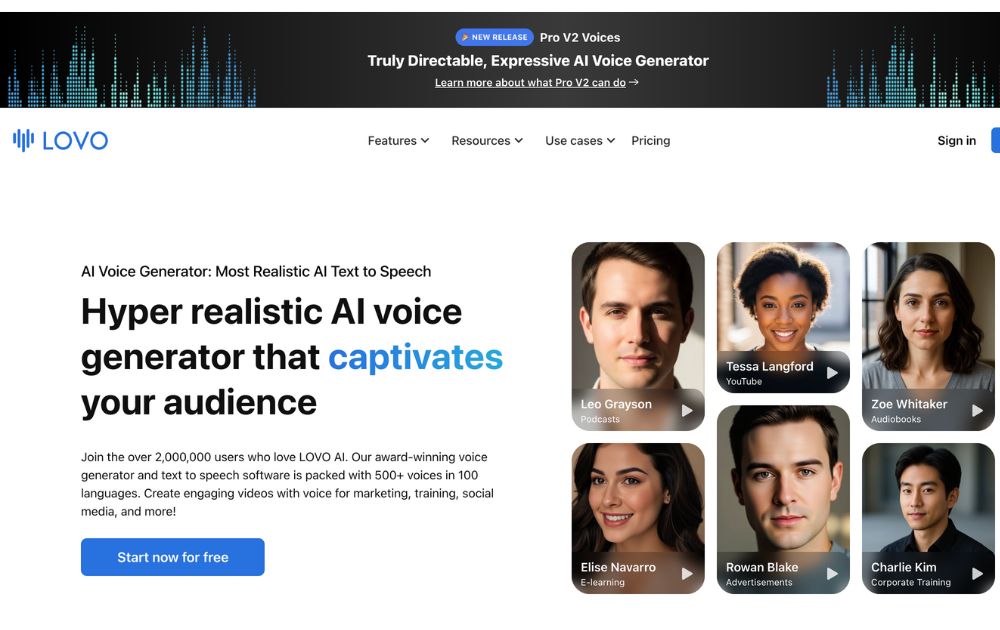
A text-to-speech and text-to-video platform, Lovo.ai can help you create engaging and informative content for your content marketing strategies. It uses AI to generate realistic and human-loke voiceovers, videos, avatars, and others. You can extend your reach globally as this tool can do voiceovers and videos in more than 140 languages.
Lovo.ai can help you increase your engagement, improve your SEO rankings, and boost conversions. You can try their free plan to give you an idea of what the tool can do for you. But for more features, a paid plan that starts at $19 per month can provide more value.
9. Zigpoll
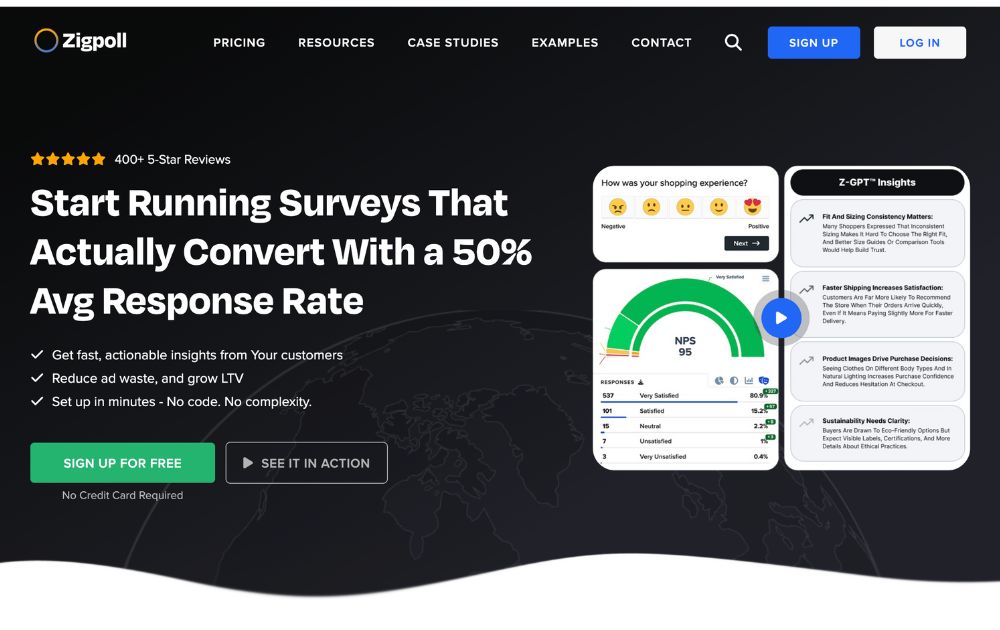
Zigpoll remains a solid choice for collecting customer insights, but its capabilities have expanded over the past two years. Today, Zigpoll uses AI to generate survey questions, summarize responses, detect sentiment, and even segment customers automatically.
Entrepreneurs can embed polls on websites, email campaigns, or post-purchase pages, then let Zigpoll’s AI categorize feedback into actionable insights. This helps brands quickly spot trends, product issues, or opportunities for upselling.
10. Pitches.ai
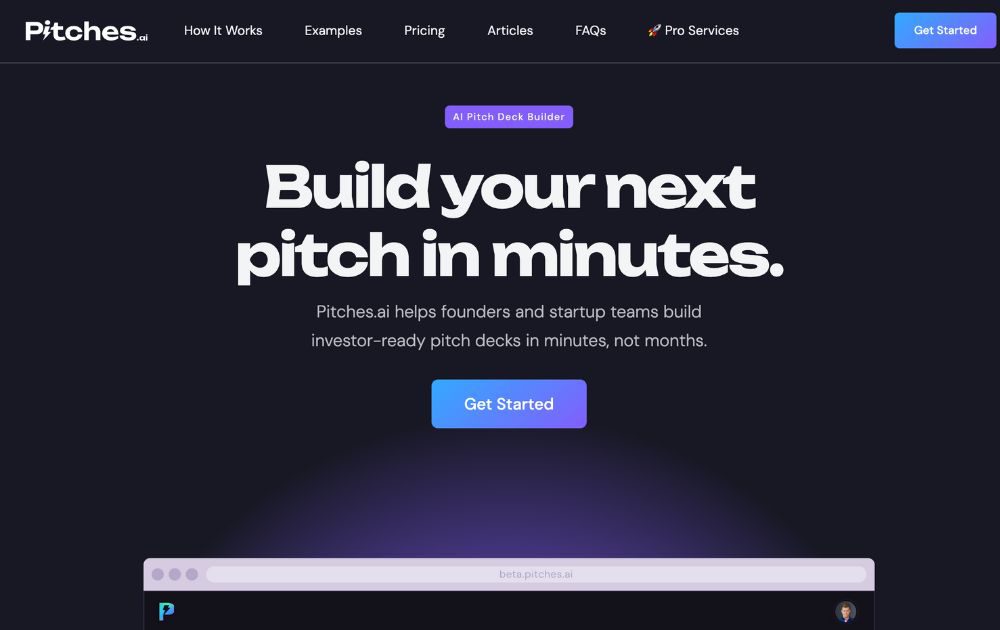
Are you looking to increase your business funding? Then creating the perfect pitch deck should be your priority. You can easily and quickly do this with Pitches.ai. It is an AI-powered tool for entrepreneurs to develop and refine pitch decks.
Pitches.ai analyzes pitch decks and gives you feedback on their structure, persuasiveness, and clarity. This gives you a higher probability of success. It offers four premium plans with prices ranging between $95 to $1,195.
Conclusion
Artificial intelligence is slowly becoming popular among business owners. Thanks to their many advantages, it’s no surprise that many will be using the technology from now on. These AI tools for entrepreneurs are a great example, and you should check them out today.
Featured Image Credit: Photo by Anna Shvets from Pexels
Pinco Casino 2025–2026 oyun erasında ən yaxşı seçim olaraq tanınır

What’s the Best Manypixels Alternative?

Top 10 Protein Shakes To Build Muscles

Top 10 Advertising Tools for Small and Large Businesses for 2026

What’s the Best Graphic Design Service for Packaging Design?

What’s the Best Graphic Design Service for Presentation Decks

The Best A.I. Consulting Firms to Check Out Now

The Best A.I. Consulting Firms to Check Out Now

Top 10 Advertising Tools for Small and Large Businesses for 2026

Top 10 Protein Shakes To Build Muscles

Top 10 Resource Planning Tools Every Business Should Know About

What’s the Best Graphic Design Service for App Interface Design

What’s the Best Graphic Design Service for Modern Website UI/UX?


